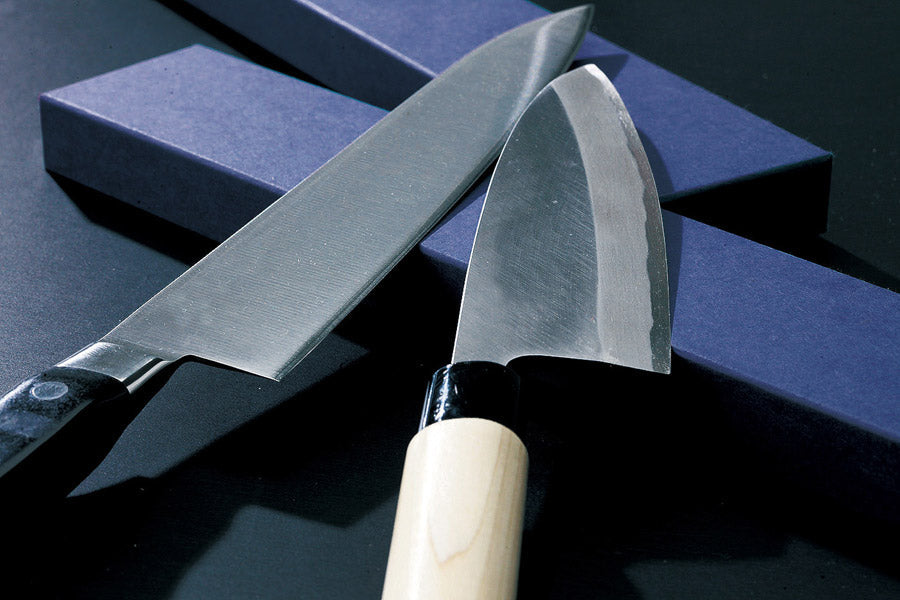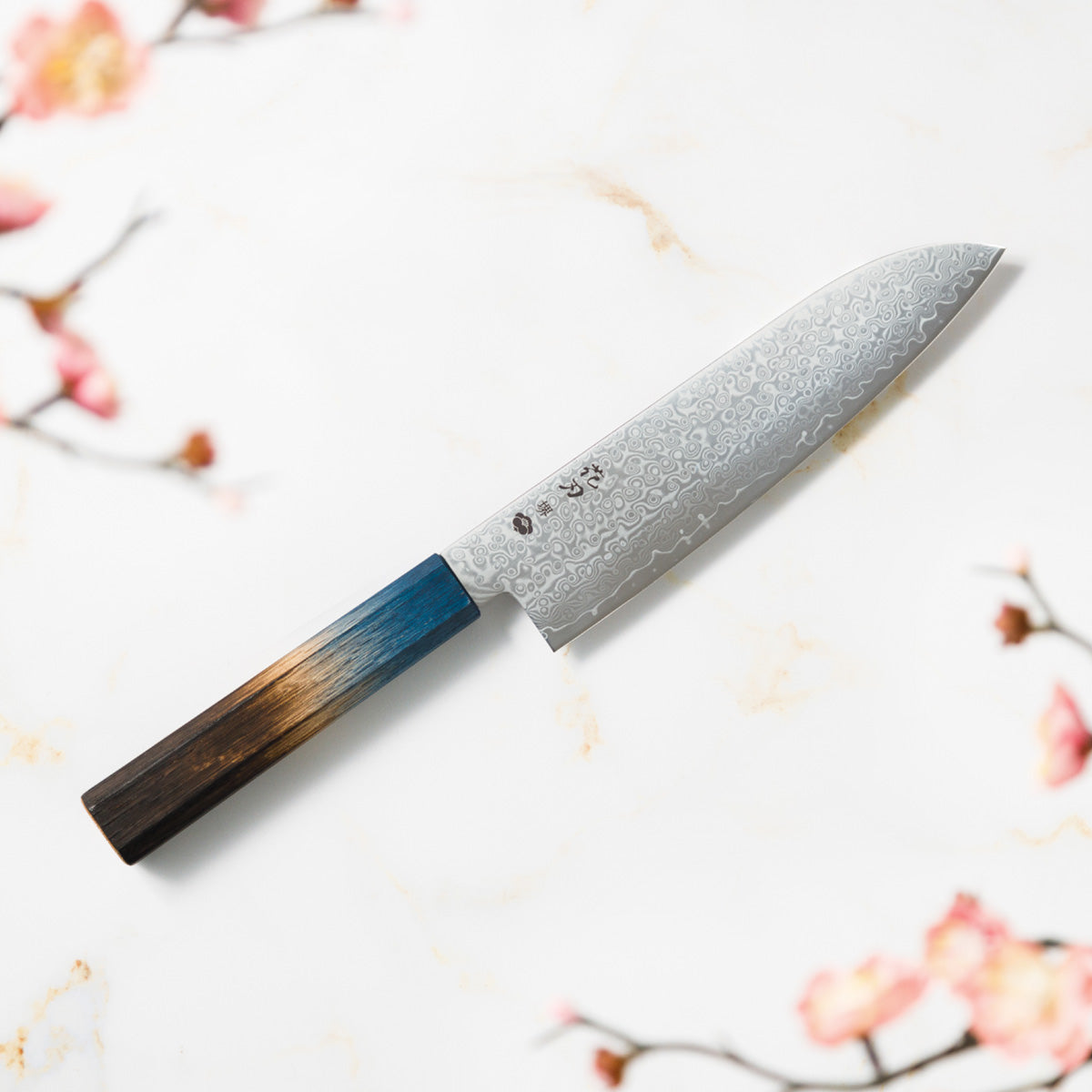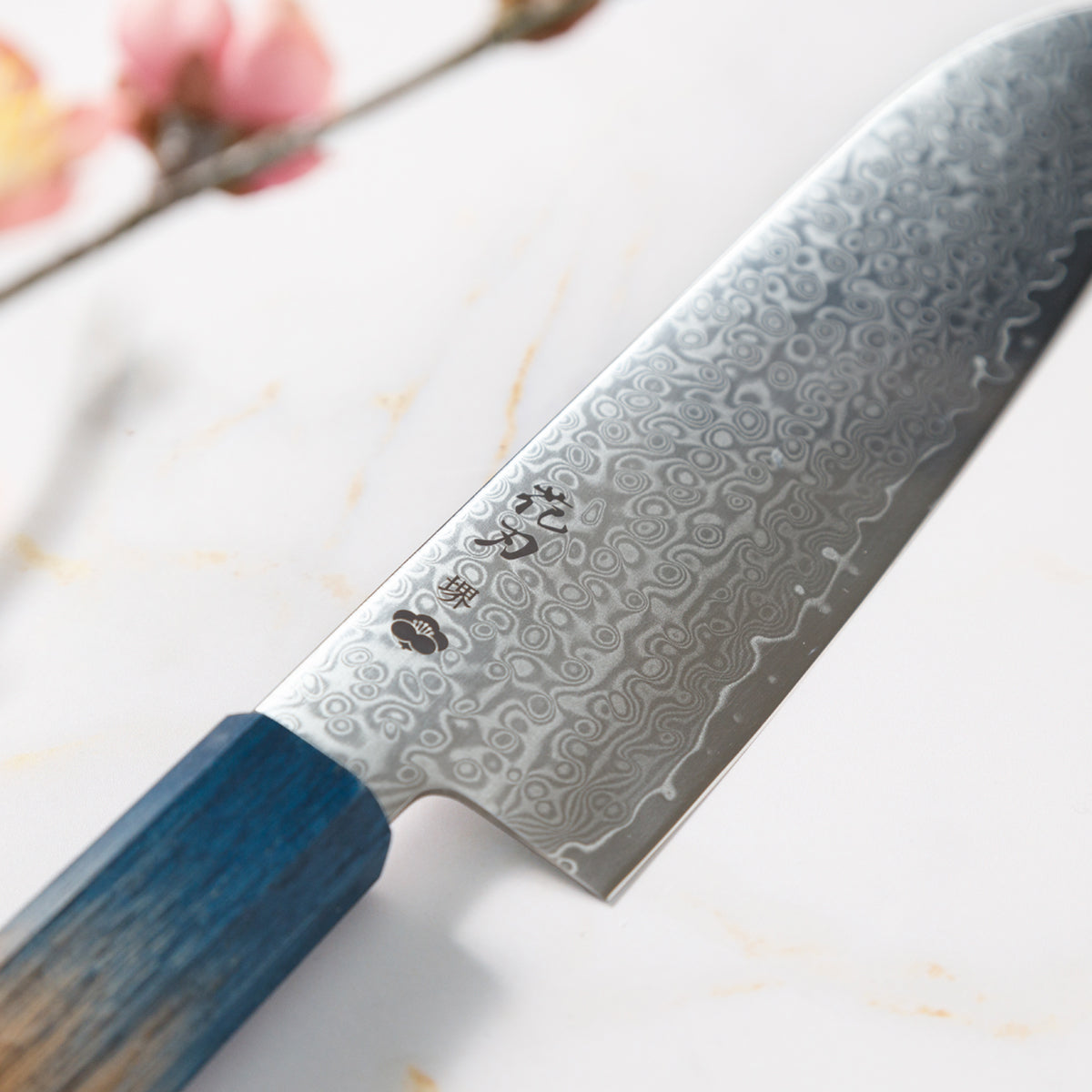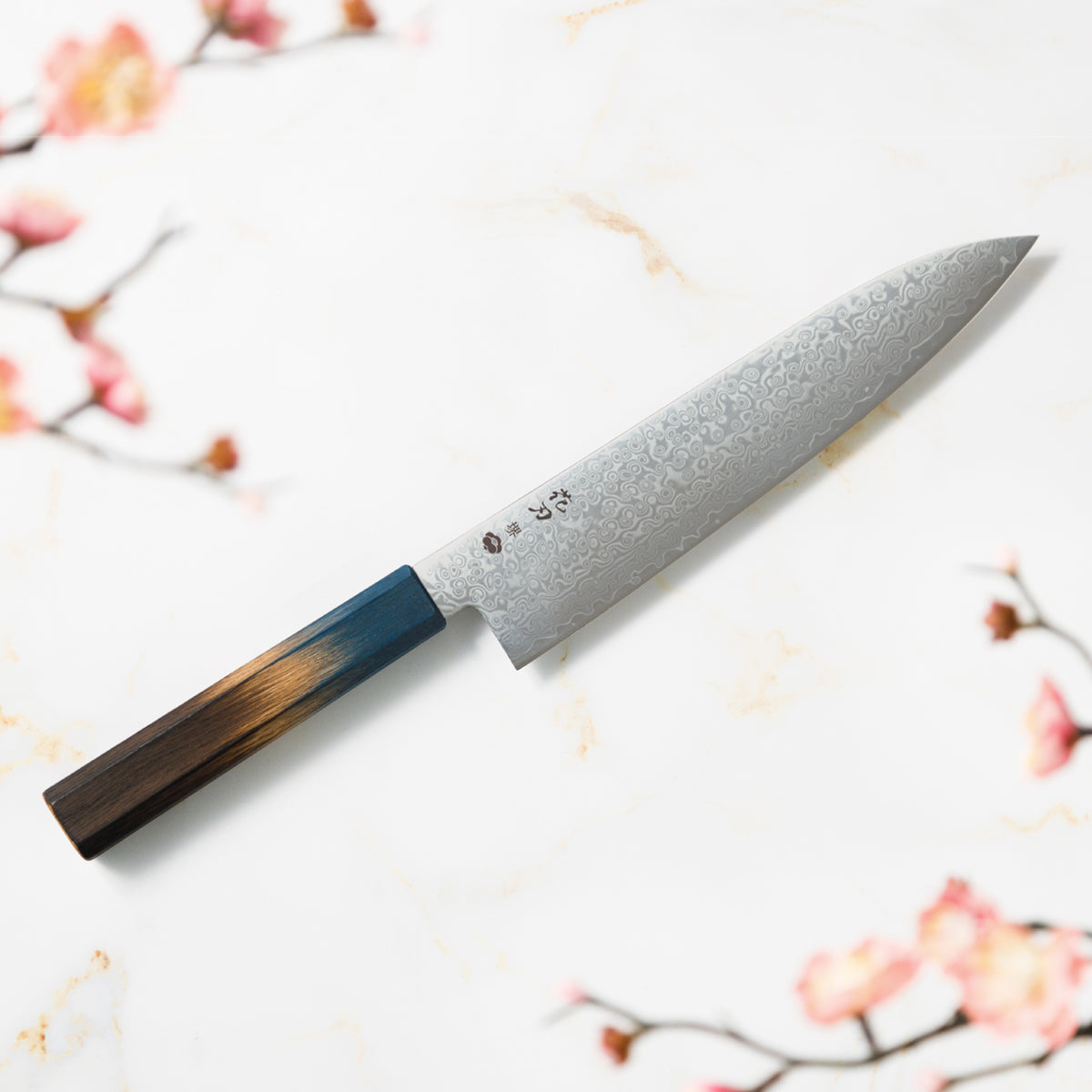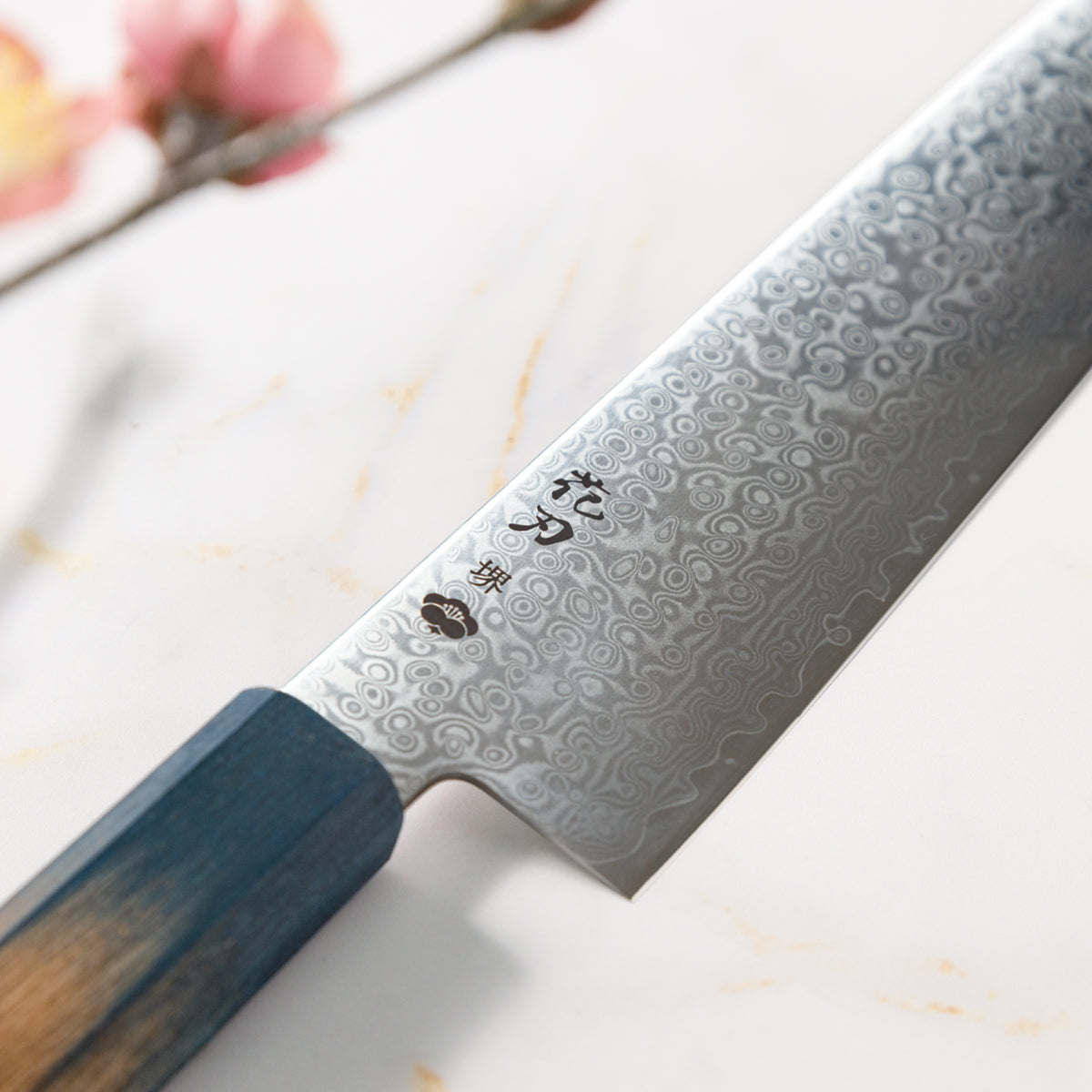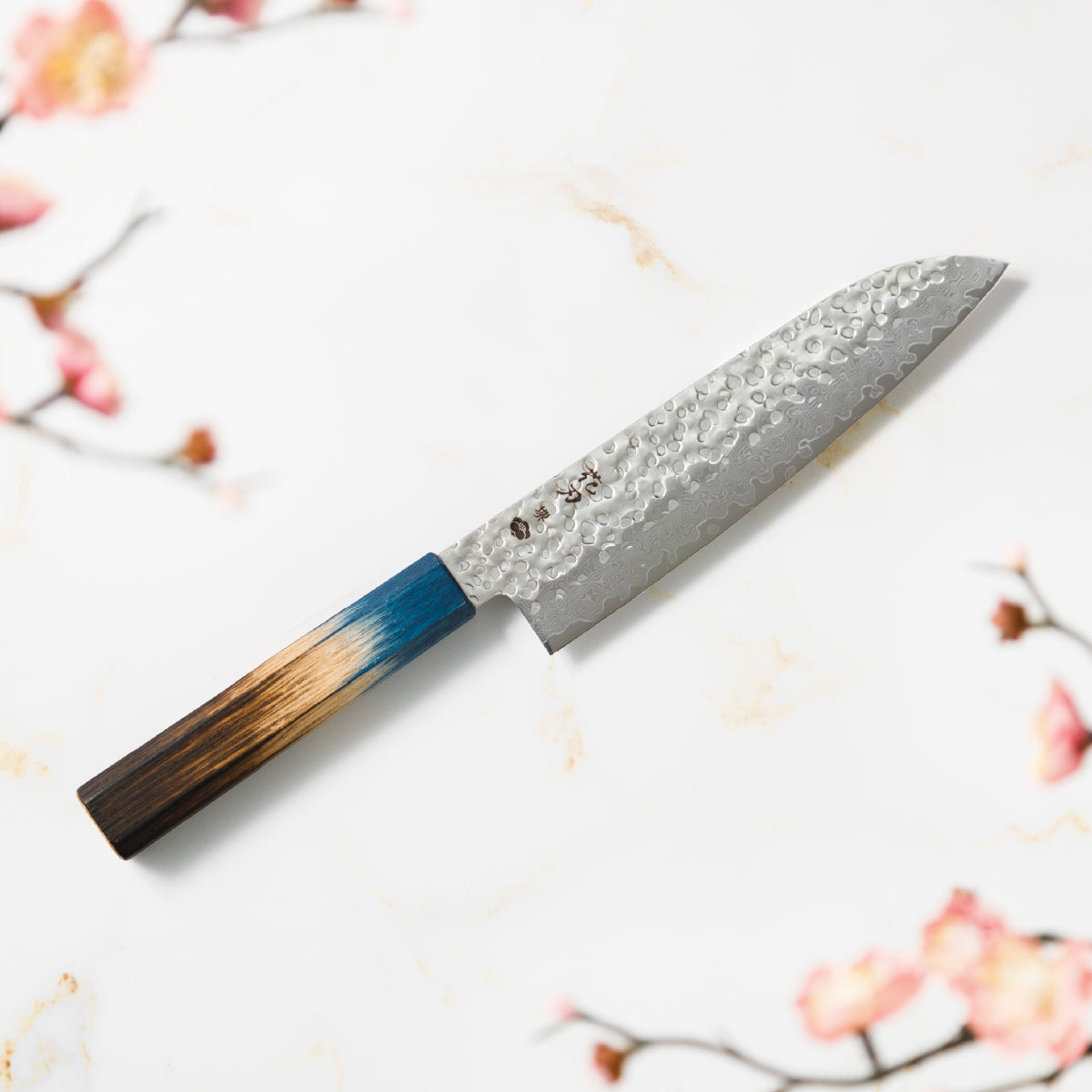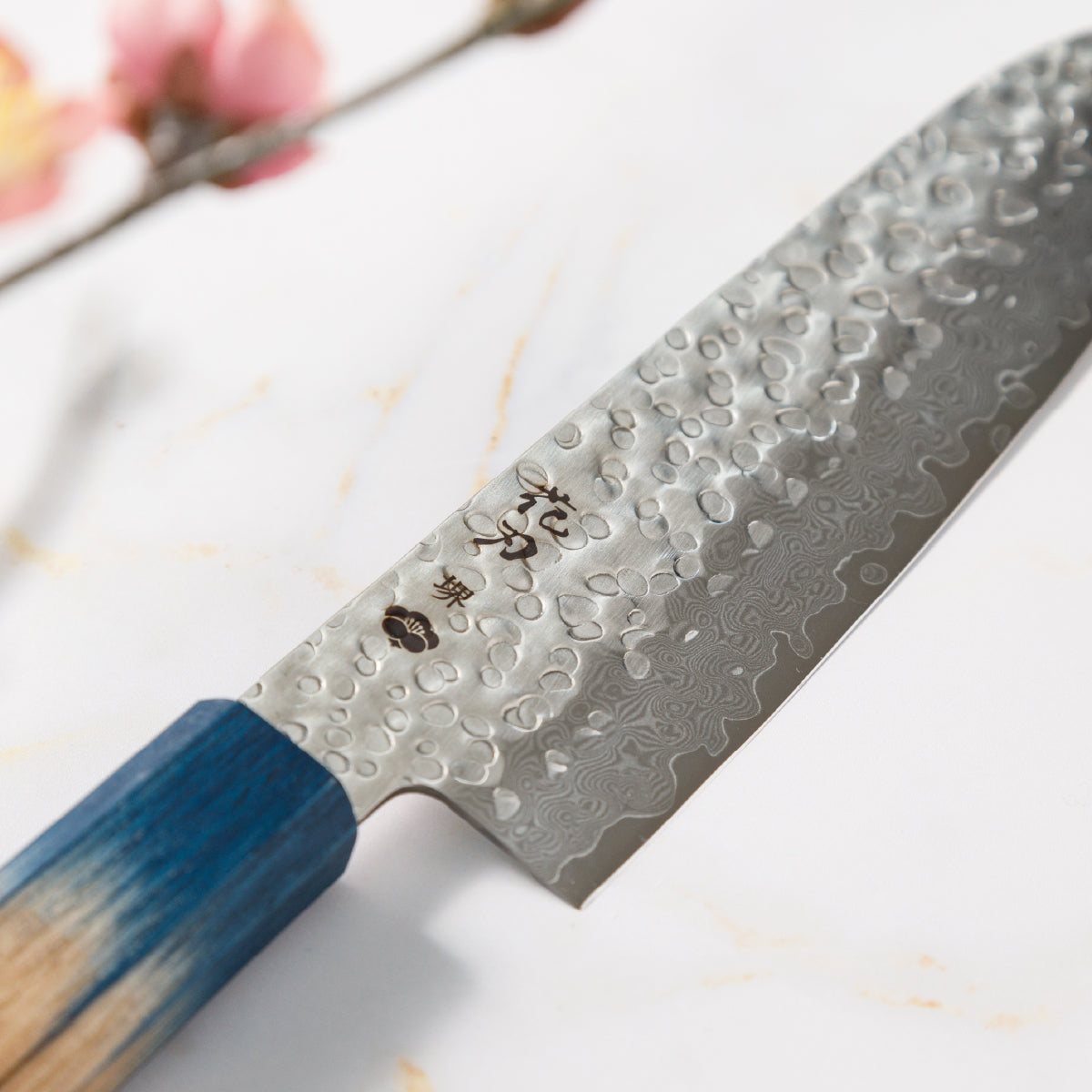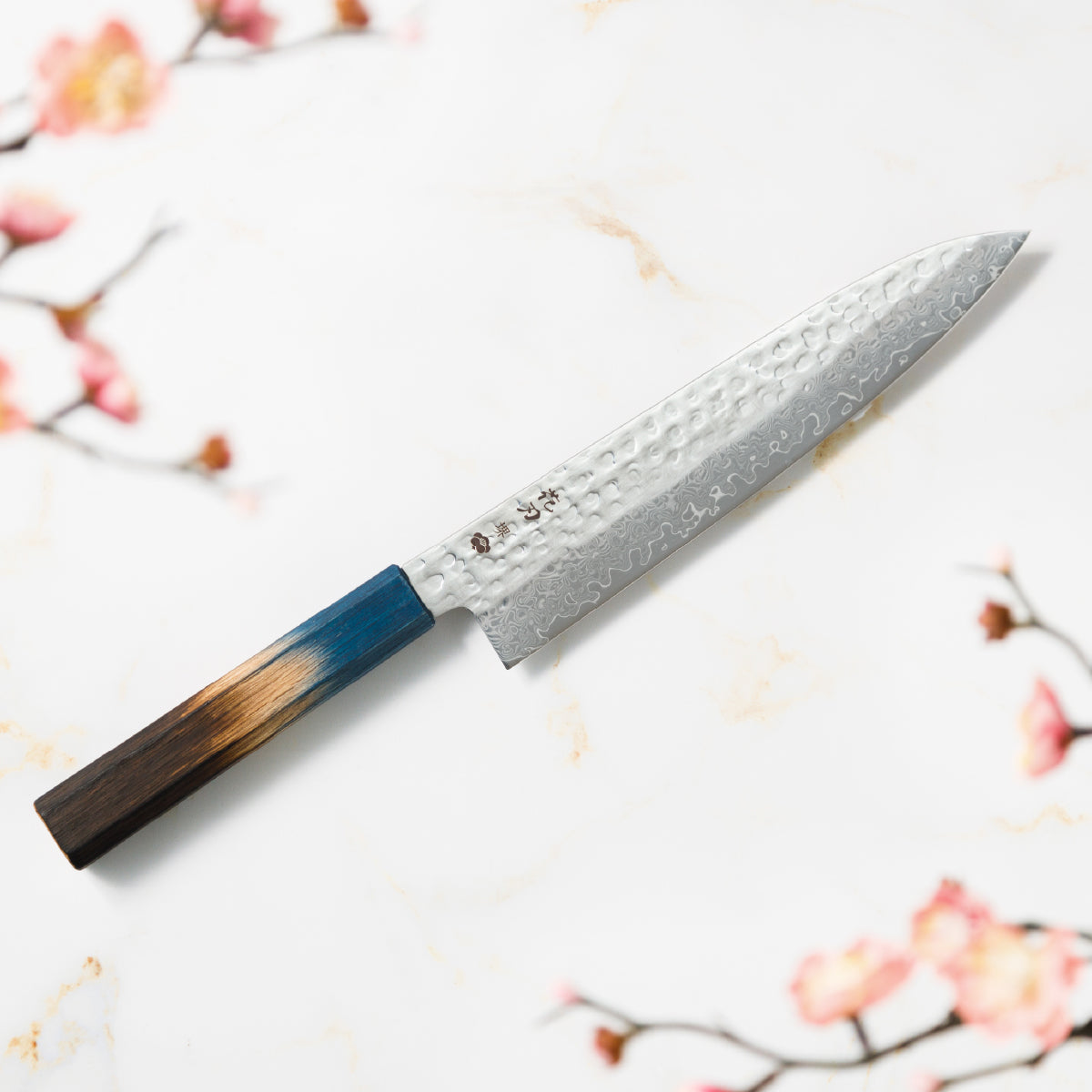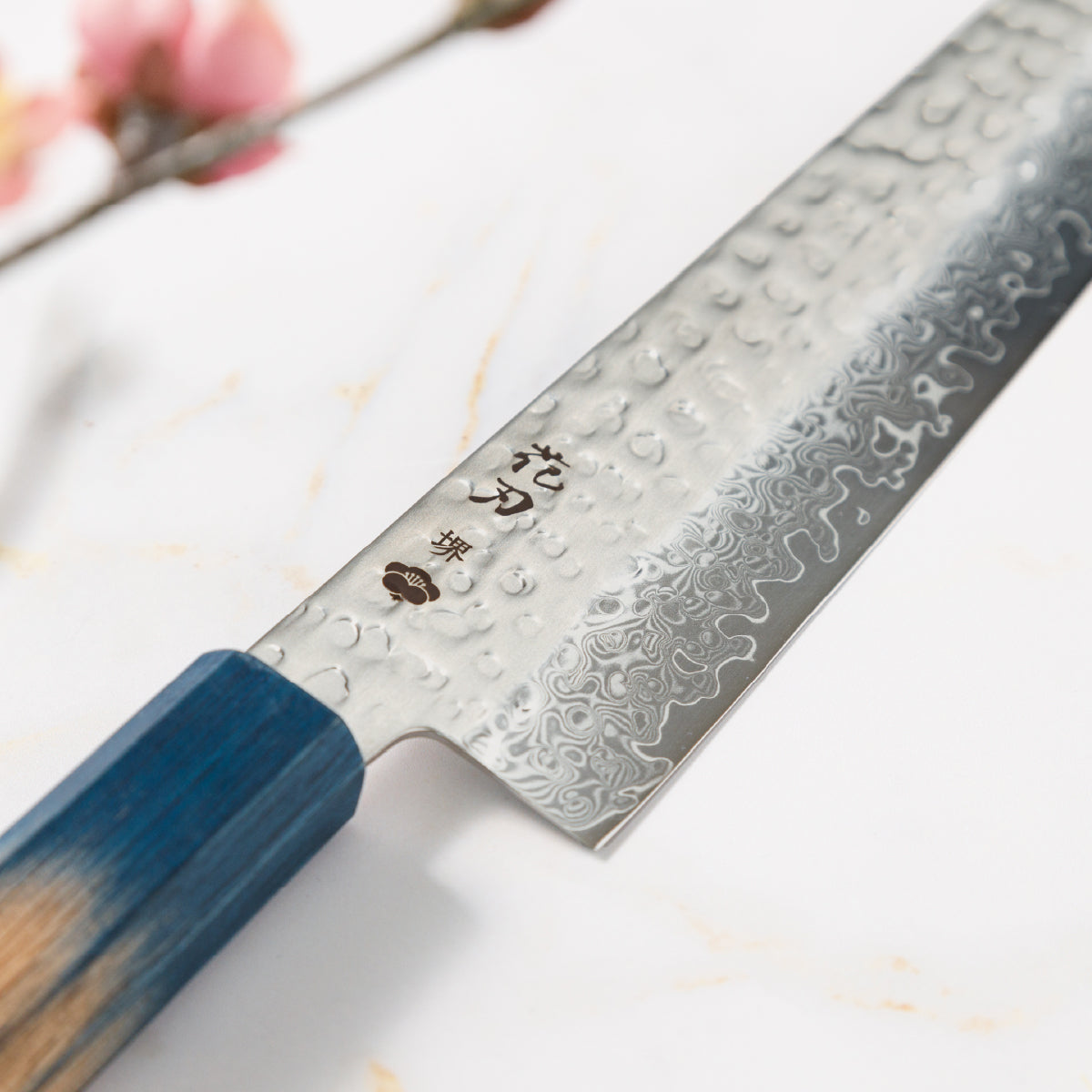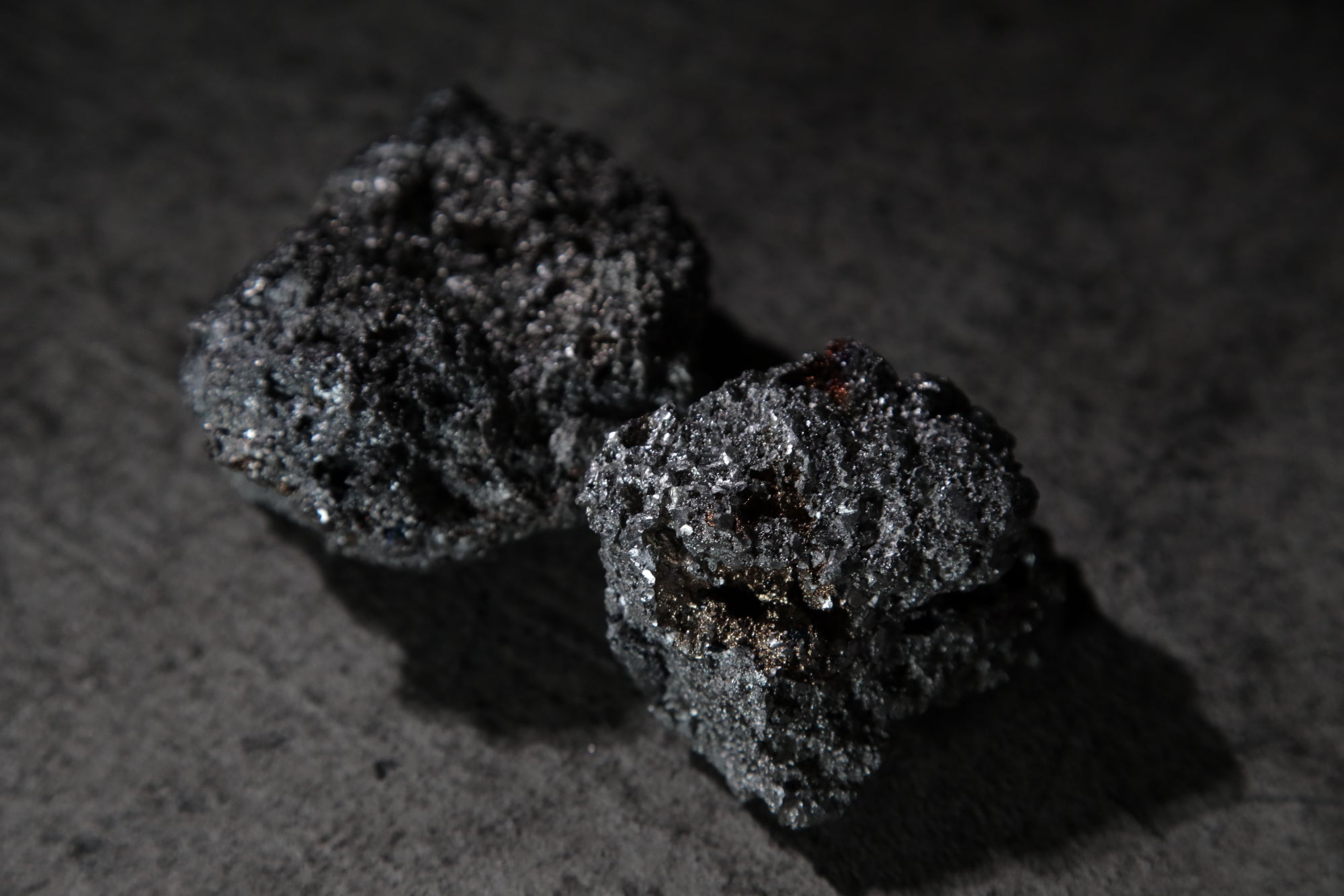
Tamahagane vs Hagane — The Story Behind Japan’s Legendary Steels
What is Tamahagane? The Unique Japanese Sword Steel
Tamahagane is a traditional Japanese steel made using a centuries-old method in a clay furnace called a tatara, now primarily produced in Shimane, Japan. This steel is produced by smelting iron sand (satetsu) over several days, resulting in a high-carbon, highly pure steel known for its remarkable strength and beauty. What makes the tatara steel-making process so special is its ability to transform relatively poor quality iron sand into excellent Japanese steel by melting the iron sand in stages and layering charcoal after each step.

Remarkably, this traditional method developed with almost no scientific knowledge of the carbon content needed to produce high-quality tamahagane steel. The tatara process was nearly lost due to historical events like sword bans and modern wars but was revived in 1972 by the NBTHK (Society for the Preservation of Japanese Art Swords).
How to Identify Tamahagane Steel: The “Jewel Steel”
Tamahagane is recognizable by its shiny, silvery surface often speckled with orange, blue, or red flecks. This unique appearance earned it the nickname "Jewel Steel." Unlike other types of high-quality Japanese hagane such as white and blue varieties—commonly used in modern cutlery—tamahagane is most famously used for forging traditional Japanese swords like the katana. It’s prized for its layered structure and exceptional ability to maintain a sharp edge while remaining tough and durable.
The Cost and Rarity of Tamahagane: Why It’s So Valuable
Due to its labor-intensive production — requiring about 10 tons of iron sand to yield 2 to 3 tons of tamahagane — and the fact that only a small portion is considered top-grade, tamahagane steel is rare and highly valued in traditional crafts. Raw ore costs can reach up to 50,000¥ (around 300 USD) per kilogram, while top-grade swordsmithing ore can cost as much as 100,000¥ (700 USD) per kilogram. Beyond the material cost, the cultural and historical significance of tamahagane steel is protected under Japan’s cultural heritage laws, further emphasizing its value.
Understanding Hagane: The General Term for Japanese Steel
Hagane is a broader Japanese term meaning "steel" and refers to a wide variety of steels used both traditionally and in modern industry. This includes tamahagane, but also other traditional types like shiro-hagane (white steel) and ao-hagane (blue steel), collectively known as yasuki-hagane.
Hagane in Modern Japanese Cutlery and Swordmaking
In Japanese knife-making, the term "hagane" often describes the cutting edge steel of a blade. This could be traditional tamahagane or modern steels such as blue or white paper steel. While all tamahagane is hagane, not all hagane is tamahagane — the term covers a spectrum from factory-produced alloys to handcrafted artisanal steels.



